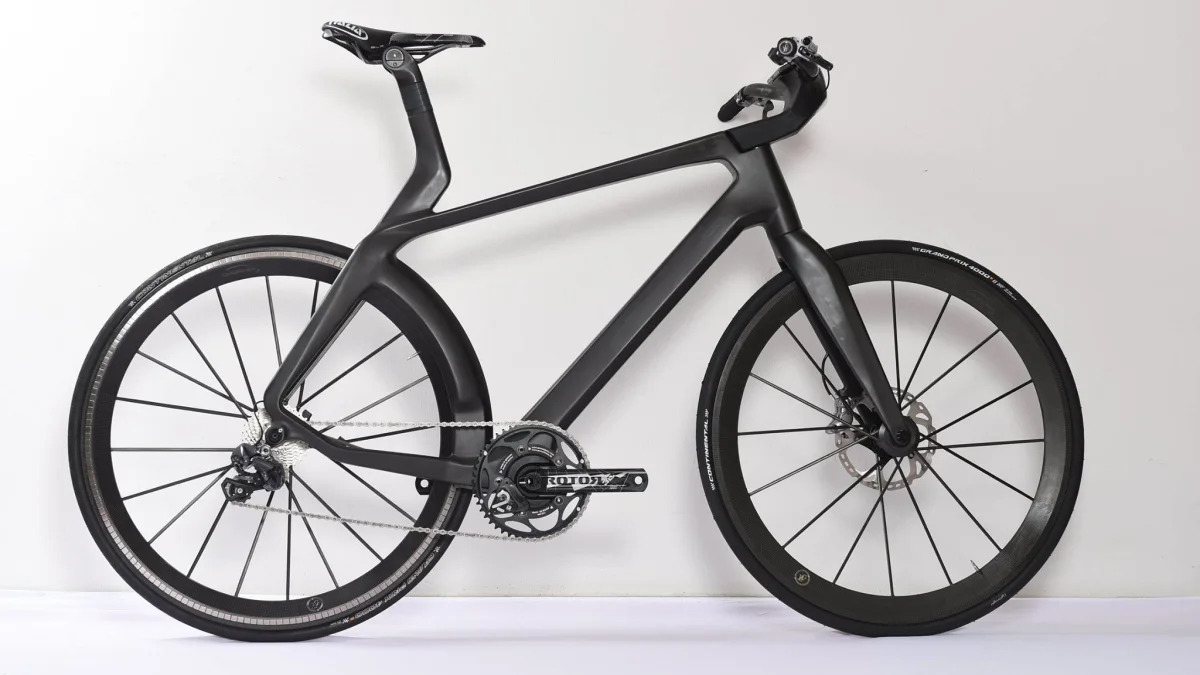Lightweight showed off its Velocité electric bike concept at the Eurobike show in Germany. The Velocité pedelec features a rear rim with magnets mounted in it, and coils inside the seat tube (which wraps around the top of the wheel) to propel it magnetically. The battery is hidden within the bike's carbon frame. With 500 watts of power, the Velocité can reach speeds of up to 28 miles per hour, but could potentially be tuned for higher speeds. According to Lightweight's Frank Jeniche, "It could go to at least 80km/h [50 mph], maybe up to 100 [62]." And the total weight? 14.5 kilograms (about 32 pounds). Read more over at Road.cc.
Nevada utility company NV Energy believes electric vehicles are good for business. After a decline in the steady growth of residential electricity demand, NV Energy installed many EV charging stations in the state, offered reduced rates and even purchased its own plug-in company cars. Mike Salisbury of the Southwest Energy Efficiency Project sees NV Energy as an example for how utilities should operate, saying, "EVs offer utilities an opportunity to increase the demand for electricity, but to do so during off-peak hours when there can be significant underutilized electric generating capacity." Read more at Clean Technica.
Investing in electric buses is more important than convincing individual drivers to switch to EVs, according to Slate's Daniel Gross. Buses count for about half of all public transit trips, and city buses average less than five miles per gallon. Switching to electric buses offers challenges, particularly initial cost and range, but fast charging and saving on fuel costs could help mitigate that. Either way, vehicles like Proterra's electric buses are already saving thousands of gallons of fuel and the resulting emissions. As Gross says, "Electrifying America's fleet of transit buses would put a far larger dent in carbon emissions than putting a few hundred thousand Teslas on the road." Read more at Slate.
Nevada utility company NV Energy believes electric vehicles are good for business. After a decline in the steady growth of residential electricity demand, NV Energy installed many EV charging stations in the state, offered reduced rates and even purchased its own plug-in company cars. Mike Salisbury of the Southwest Energy Efficiency Project sees NV Energy as an example for how utilities should operate, saying, "EVs offer utilities an opportunity to increase the demand for electricity, but to do so during off-peak hours when there can be significant underutilized electric generating capacity." Read more at Clean Technica.
Investing in electric buses is more important than convincing individual drivers to switch to EVs, according to Slate's Daniel Gross. Buses count for about half of all public transit trips, and city buses average less than five miles per gallon. Switching to electric buses offers challenges, particularly initial cost and range, but fast charging and saving on fuel costs could help mitigate that. Either way, vehicles like Proterra's electric buses are already saving thousands of gallons of fuel and the resulting emissions. As Gross says, "Electrifying America's fleet of transit buses would put a far larger dent in carbon emissions than putting a few hundred thousand Teslas on the road." Read more at Slate.











Sign in to post
Please sign in to leave a comment.
Continue